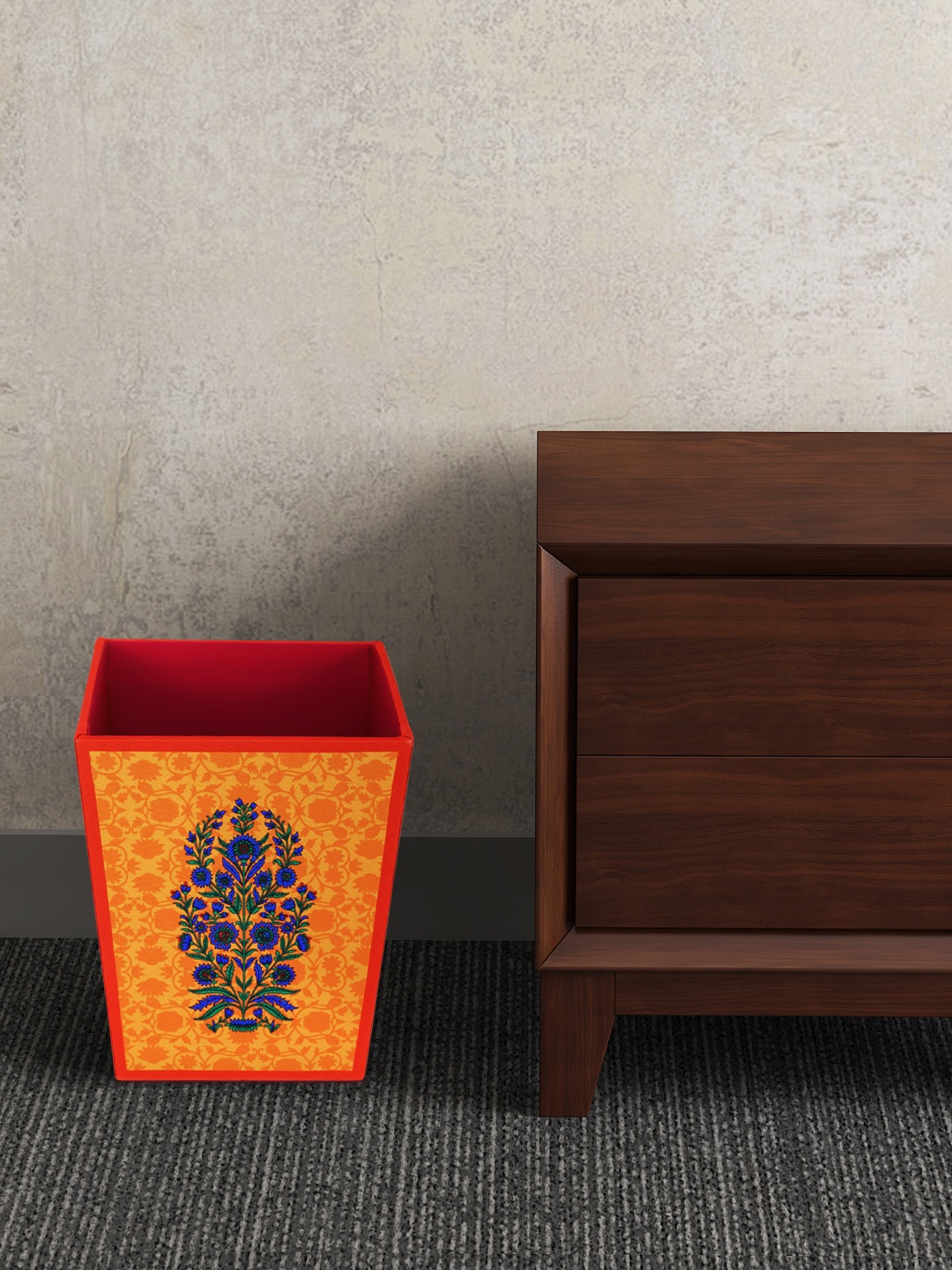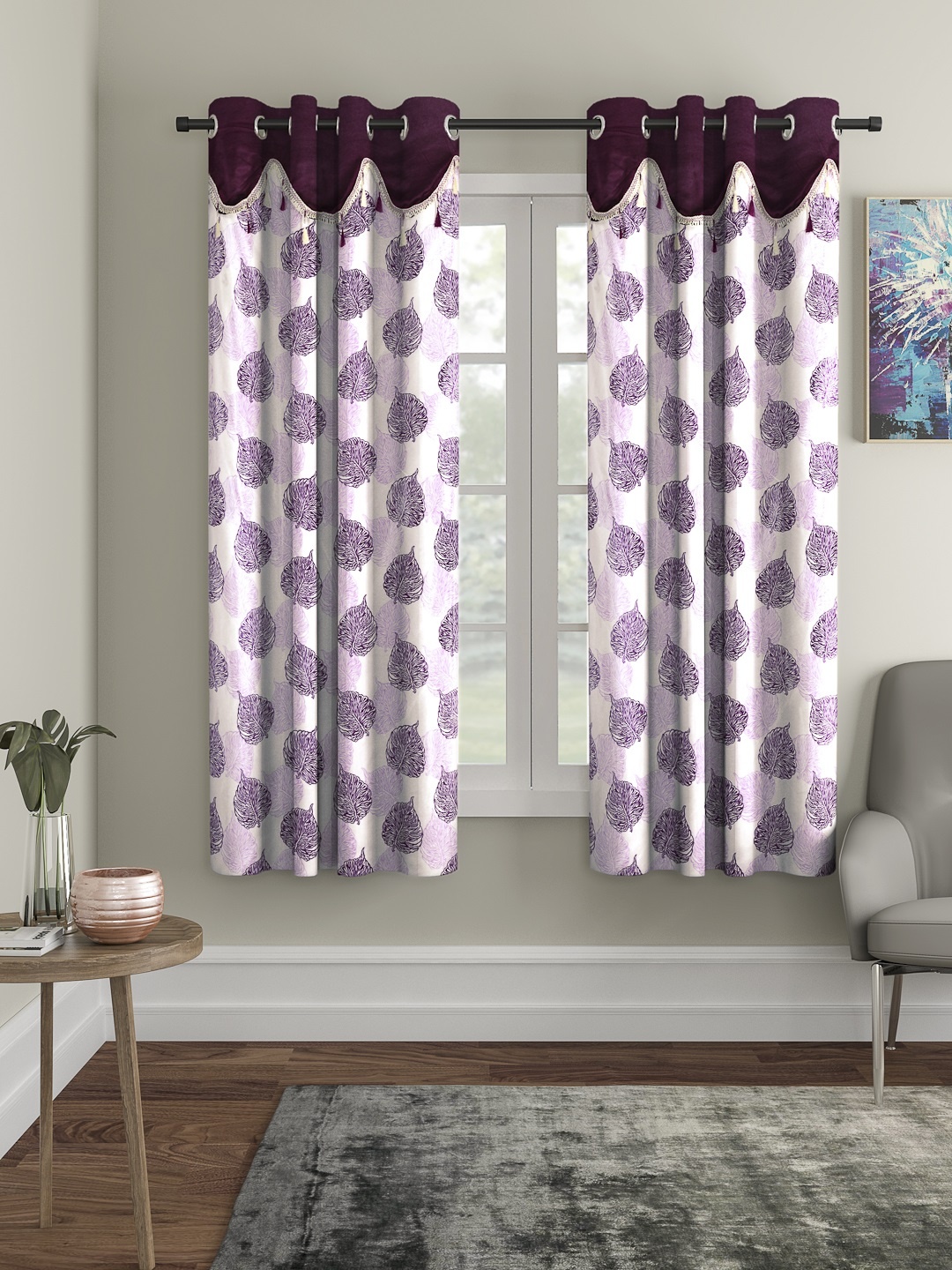How To Choose Curtains That Keep Out Dust Yet Brighten Your Home With Sunlight
Curtains that keep out dust are specially designed using tightly woven fabrics or treated materials that block airborne particles, pollen, and other allergens, making them ideal for homes where cleaner air is a priority.

Curtain Fabrics That Block Dust But Still Let Sunlight In - All You Need To Know | 10 Tips.
Curtains are more than just a piece of fabric that hangs by the window. They're mood-makers, style statements, and, for many homes, the silent guardians that protect interiors from dust and glare. Yet, one challenge always remains, how to keep sunlight streaming in without letting dust settle on every visible surface. Imagine a curtain that lets the morning glow filter in but shields your sofa from that thin film of dust that appears out of nowhere. It's not magic, just a smart fabric choice.
This piece explores curtain fabrics that strike that beautiful balance between light and cleanliness.
Curtains that keep out dust are best made from tightly woven fabric in light, sun‑filtering colors. If you want to know how to choose curtains that block dust and allergens while brightening your home, select materials designed to trap fewer particles and let natural light in for a fresh, clean look

Know all about how to choose curtain fabrics that block dust but allow sunlight to stream in.
Photo Credit: Pexels
Finding The Perfect Fabric: Light In, Dust Out
1. The Charm of Sheer Magic
Sheer curtains have always been synonymous with elegance. They allow light to flood in while maintaining a veil of privacy. What makes them even more special is the way they handle dust. Modern sheer fabrics are crafted from tightly woven polyester or blended fibres that resist dust settlement.
These aren't the flimsy nets that once adorned grandmother's sitting room. Today's sheers come with anti-static finishes, meaning dust doesn't cling as easily. They let in that dreamy golden light of early morning while keeping the air inside fresher. Imagine sitting with a cup of chai as sunlight dances through sheer fabric, bright yet soft, warm yet filtered.
To make them even more effective, layering sheers with heavier drapes adds functionality without compromising beauty. By day, you enjoy the sunlight. By night, draw the outer layer for complete privacy.
2. Cotton: The Breathable Wonder
Cotton is nature's comfort fabric, it breathes, absorbs, and adapts. But not all cotton curtains are created equal. For dust resistance, look for cotton blends or tightly woven varieties such as cambric or sateen. These fabrics have a smoother surface, making it difficult for dust to settle.
The beauty of cotton lies in its ability to filter sunlight gently. It lets in a soft, warm glow that brightens up the space without the harshness of direct rays. In cities where air pollution can turn windowsills grey overnight, washable cotton curtains are a blessing. Just toss them in the washing machine, and they're as good as new.
Cotton curtains in earthy tones, beige, off-white, or dusty pink, work well for both minimal and vibrant interiors. Pair them with jute blinds or bamboo panels for a cosy, breathable atmosphere that keeps dust at bay without blocking the sunshine.
3. Polyester: The Practical Hero
Polyester might not sound glamorous, but it's the unsung hero of home fabrics. Known for durability and low maintenance, polyester curtains are great for those who want function with flair. They resist dust naturally because of their smooth texture, and most are treated with anti-dust coatings.
The best part? Polyester blends can mimic almost any fabric, from silk to linen, at a fraction of the cost. A pair of well-made polyester curtains can cost around ₹1,200–₹1,500, making them pocket-friendly and long-lasting.
Sunlight filters beautifully through polyester weaves, creating a subtle shimmer. Unlike heavy fabrics that absorb dust and moisture, polyester stays crisp. It's also ideal for homes near busy roads, where open windows mean constant exposure to fine dust particles. Just an occasional shake and light wash keep them spotless.
4. Linen: The Effortless Classic
There's something inherently calm about linen curtains. Their slightly wrinkled texture and natural feel add a relaxed elegance to any room. But beyond aesthetics, linen is surprisingly practical, it's dust-resistant and excellent at diffusing sunlight.
Linen fibres are tightly packed, which means dust doesn't settle easily. At the same time, the fabric allows air and light to pass through, maintaining a breezy atmosphere. On a warm afternoon, sunlight through linen curtains feels soft and soothing, never glaring.
Though linen can be on the pricier side (₹2,000–₹3,000 for a good set), its durability makes it worth the investment. For a coastal or earthy home vibe, light-toned linen curtains, cream, sky grey, or pale green, are unbeatable. They age gracefully, growing softer with every wash.
Also Read: From Sheer To Blackout, Here Is How To Choose Curtains: The Guide Every Homeowner Needs
5. Blended Fabrics: The Best of Both Worlds
Sometimes, the smartest choice isn't pure cotton or linen, but a clever blend. Cotton-polyester or linen-polyester mixes offer the texture of natural fibres and the resilience of synthetics. These blends resist dust better than pure cotton and are easier to maintain than pure linen.
Blended fabrics balance everything, light control, breathability, and affordability. A cotton-poly curtain might let in golden sunlight without attracting the dust that typically sticks to cotton. They also tend to hold colour longer, which is handy if you're fond of bold prints or bright hues.
Blends are available in countless patterns, from subtle weaves to floral motifs that reflect regional artistry. With prices ranging from ₹800 to ₹1,500, they're ideal for anyone wanting both style and convenience.
6. Jacquard and Damask: Dust-Free Elegance
For those who prefer luxury, jacquard or damask curtains bring richness without the fuss of dusting every day. These fabrics are woven intricately, not printed, which makes their texture dense enough to block dust particles while still letting soft sunlight seep through.
They add grandeur to living rooms or bedrooms, especially in shades of gold, cream, or muted silver. Despite their elegant look, modern jacquards often come with dust-repellent treatments, making maintenance surprisingly easy.
A set of jacquard curtains may cost around ₹2,500–₹3,500, but they last years if cared for properly. Dry cleaning once or twice a year is usually enough. The interplay of sunlight on their textured surface creates a warm, sophisticated ambience that few other fabrics can match.
7. The Magic of Microfibres
Microfibre curtains are among the most effective when it comes to repelling dust. These fabrics are tightly woven from ultra-fine fibres, creating a smooth surface that dust struggles to cling to. They also block UV rays while allowing filtered light to enter, giving your room a fresh and cheerful glow.
Microfibre curtains are lightweight and easy to wash, perfect for households where dust is a daily battle. They dry quickly and retain their shape, even after multiple washes. A decent pair can be found for ₹1,000–₹1,800, making them practical without compromising beauty.
The fabric's silky finish adds a touch of modernity to any decor. For urban homes, where open windows welcome both sunshine and smog, microfibre curtains serve as an elegant line of defence.
8. Voile: Light, Airy and Dust-Resistant
Voile fabric is sheer yet structured, a blend of beauty and utility. It's made from cotton, polyester, or a combination of both, giving it the ability to let in abundant sunlight while keeping dust out.
The crisp texture of voile curtains keeps them looking fresh. They hang gracefully and move softly with the breeze, making any room feel alive. Unlike net curtains, voile has a tighter weave, which makes it more effective in repelling dust.
Voile curtains in soft pastels or pure white look stunning when sunlight filters through. They make smaller rooms appear larger and brighter. Easy to maintain and affordable, voile curtains are perfect for homes that want a fresh, airy look year-round.
9. Blackout Linings with a Twist
Blackout curtains don't have to mean darkness. Many new designs include double layers, one for blocking dust and heat, and another sheer layer to let in gentle sunlight. The trick lies in using a thin, dust-resistant lining behind a translucent outer fabric.
This combination offers the best of both worlds. During the day, sunlight glows through the sheer front. At night or during dusty afternoons, draw the lined layer for protection. It's a clever setup for urban homes with large windows facing busy streets.
Though slightly costlier, ranging from ₹2,000–₹3,000 per pair, this dual-layer system provides lasting benefits: reduced cleaning, lower indoor heat, and a calm, light-filled ambience.
10. Maintenance Matters: Keeping Curtains Dust-Free
No matter how advanced the fabric, maintenance is key. Even dust-resistant curtains need occasional care. Vacuuming curtains once a week with a soft brush attachment keeps them fresh. For fabrics like linen and cotton, a gentle wash in mild detergent works wonders.
Another clever hack is using a light fabric spray infused with eucalyptus or lemon oil, it refreshes curtains and deters dust mites. Avoid heavy chemical cleaners that can strip fabric coatings. And if possible, shake them outdoors every few days to prevent buildup.
Changing curtains seasonally also helps. Lighter fabrics for summer let in more light, while slightly denser ones in cooler months keep the room warm and cosy. This small ritual not only maintains hygiene but also refreshes the energy of your home.

Curtain Fabrics That Block Dust But Still Let Sunlight In
Photo Credit: Pexels
Products Related To This Article
1. Cortina Grey Set of 2 Room Darkening Velvet Window Curtain
2. URBAN SPACE Yellow Embroidered Door Curtain
3. BELLA TRUE White & Red 2 Pieces Black Out Window Curtains
4. CHHAVI INDIA Orange & White 3 Pieces Ethnic Motifs Sheer Door Curtains
5. Home Sizzler Maroon & Cream Coloured 2 Pieces Floral Room Darkening Door Curtains
6. Homefab India Brown & Off White Set of 2Floral Room Darkening 7 feet Door Curtain
7. GEET CREATIONS Cream & Gold-Toned Floral Printed Room Darkening Velvet Long Door Curtain
8. Story@home Pink & White Floral Room Darkening Long Door Curtain
Curtains are more than decor, they're silent protectors that guard against dust, glare, and heat, while bringing warmth and style into our homes. Choosing the right fabric means you no longer have to choose between sunshine and cleanliness.
From the elegance of linen to the practicality of polyester, every fabric offers a unique blend of light and protection. The secret lies in knowing what your space needs most, soft light, durability, or easy maintenance.
So next time you draw your curtains and sunlight spills across the floor, take a moment to appreciate the quiet magic of well-chosen fabric. It's more than a curtain; it's the glow of comfort, the charm of cleanliness, and the heart of a beautiful home.
Disclaimer: The images used in this article are for illustration purpose only. They may not be an exact representation of the products, categories and brands listed in this article.








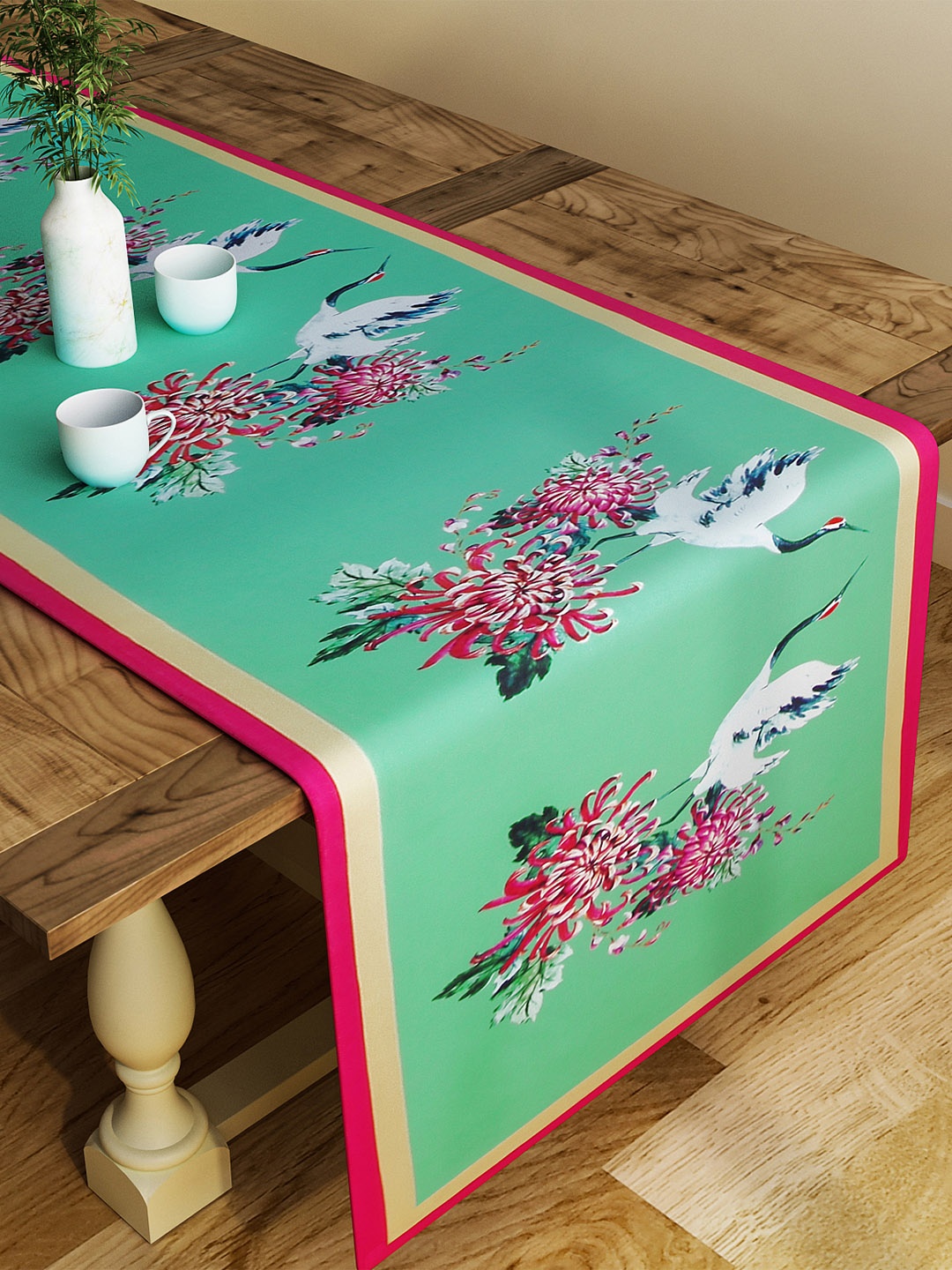




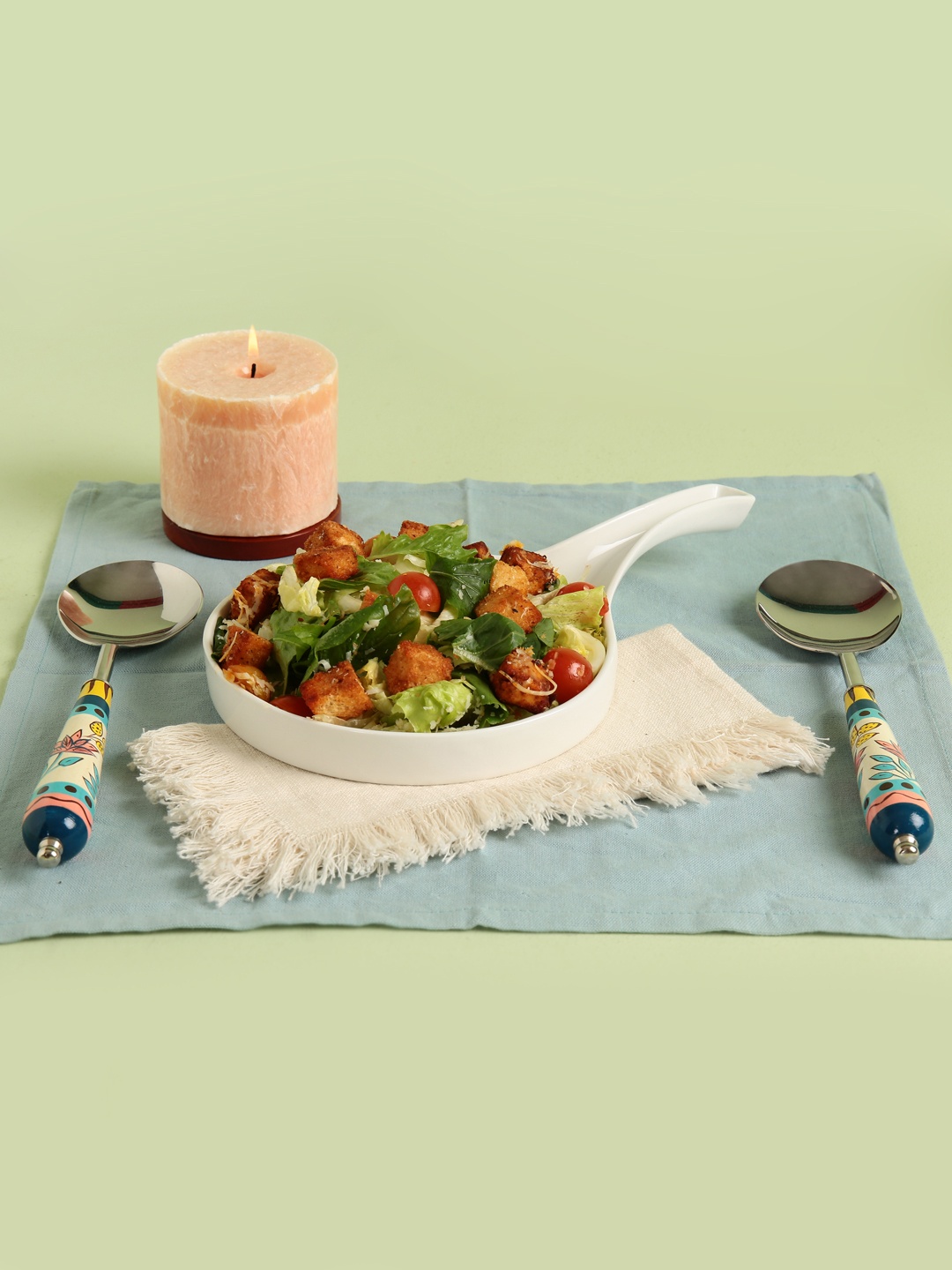
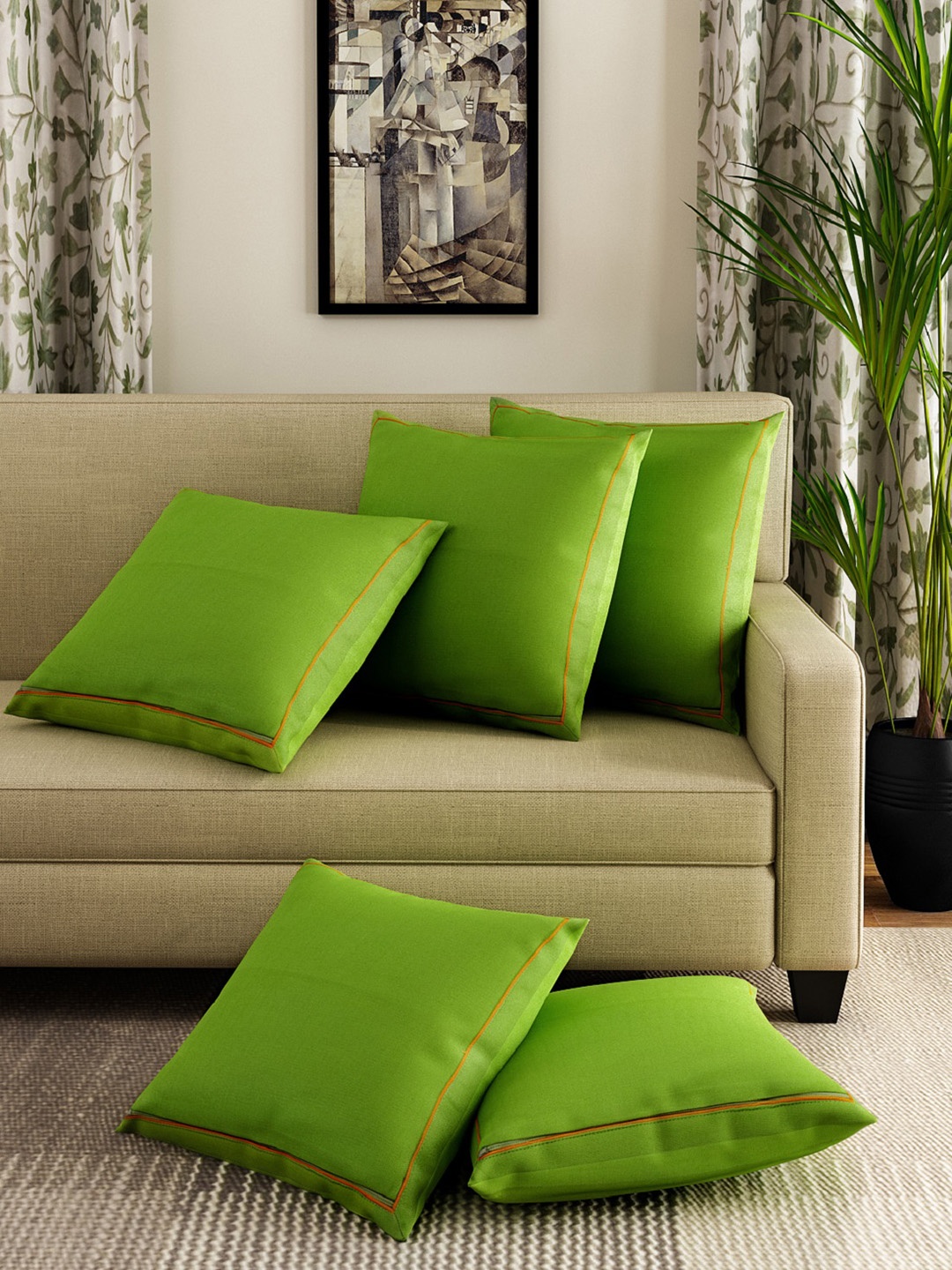
![Steam Iron Teflon Shoe Cover for ES-300,ST-96 [Only For ES-300 and ST-96 Model Electric Steam Irons]](https://m.media-amazon.com/images/I/51wwkttondL._SL160_.jpg)


